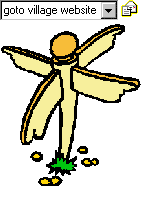A Wretched House on a dirty Streete
![Palace House > Simply click to enlarge... then use the [Back] button to return](palace750_small.jpg) Thus
was the Kings Palace of Newmarket described by John Evelyn in 1670, and he had
even more scorn to pour upon this building, although he liked the arches of the
Cellars, says "the rest meane enough, and hardly capable for a hunting
lodge". When the Count of Tuscany saw it he recorded that the Kings
House, "compared with the other country houses of England, does not
deserve to be called a Kings residence". So what house were they
describing ?
Thus
was the Kings Palace of Newmarket described by John Evelyn in 1670, and he had
even more scorn to pour upon this building, although he liked the arches of the
Cellars, says "the rest meane enough, and hardly capable for a hunting
lodge". When the Count of Tuscany saw it he recorded that the Kings
House, "compared with the other country houses of England, does not
deserve to be called a Kings residence". So what house were they
describing ?
 Lets look back to find out the History of this Palace.
Lets look back to find out the History of this Palace.
Early in the 17th Century, King James I came to Newmarket, his favourite
pastimes of Hawking and Coursing were well suited to the countryside around the
town, and initially he lodged in the town, later he purchased a building and
built his house upon this site, thought to be around where the Marlborough Club
and Moons toyshop are situated. After James , Charles I used this palace, until
his despatch at the hands of the headsman.
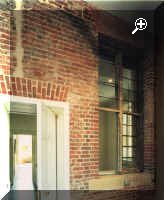 Now England was in the grip of Civil
War, and the Palace suffered greatly during this period. So it happened that
after the Restoration of the Monarchy, Charles II came to Newmarket, and built
his Palace further East from the ruins of the previous Palace.
Now England was in the grip of Civil
War, and the Palace suffered greatly during this period. So it happened that
after the Restoration of the Monarchy, Charles II came to Newmarket, and built
his Palace further East from the ruins of the previous Palace.
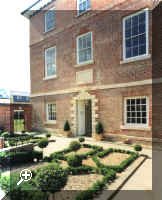 Occupying a
space from the High Street, back to Palace Street, previously occupied by a
house belonging to the Earl of Thomond, and an Inn next door, thought to be the
Griffin. This Palace House served Charles II and on into the reign of William
III who stayed there with his wife Mary, they were responsible for the redesign
of the Gardens, along the lines of Hampton Court Palace.
Occupying a
space from the High Street, back to Palace Street, previously occupied by a
house belonging to the Earl of Thomond, and an Inn next door, thought to be the
Griffin. This Palace House served Charles II and on into the reign of William
III who stayed there with his wife Mary, they were responsible for the redesign
of the Gardens, along the lines of Hampton Court Palace.
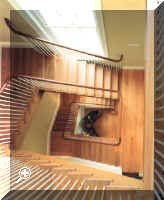 In 1992, the District Council acquired the surviving part of this building,
and has restored it, to its original proportions, including vaulting, which
required craftsmen relearning old skills to enable the job to be done
effectively. Now Palace House is the Tourist Information Centre, the lower floor
and gardens are open to the public, and the Palace House Stables opposite will
hopefully follow the house itself in being restored, these stables are believed
to be the oldest training establishment in the world
In 1992, the District Council acquired the surviving part of this building,
and has restored it, to its original proportions, including vaulting, which
required craftsmen relearning old skills to enable the job to be done
effectively. Now Palace House is the Tourist Information Centre, the lower floor
and gardens are open to the public, and the Palace House Stables opposite will
hopefully follow the house itself in being restored, these stables are believed
to be the oldest training establishment in the world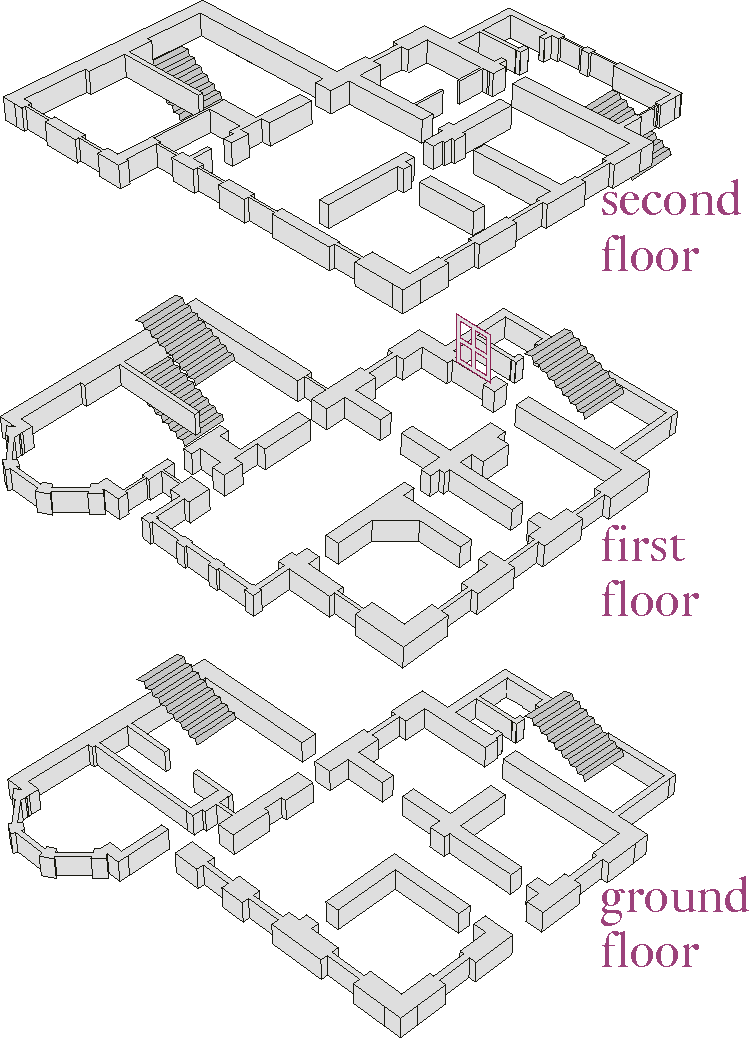

![]()
